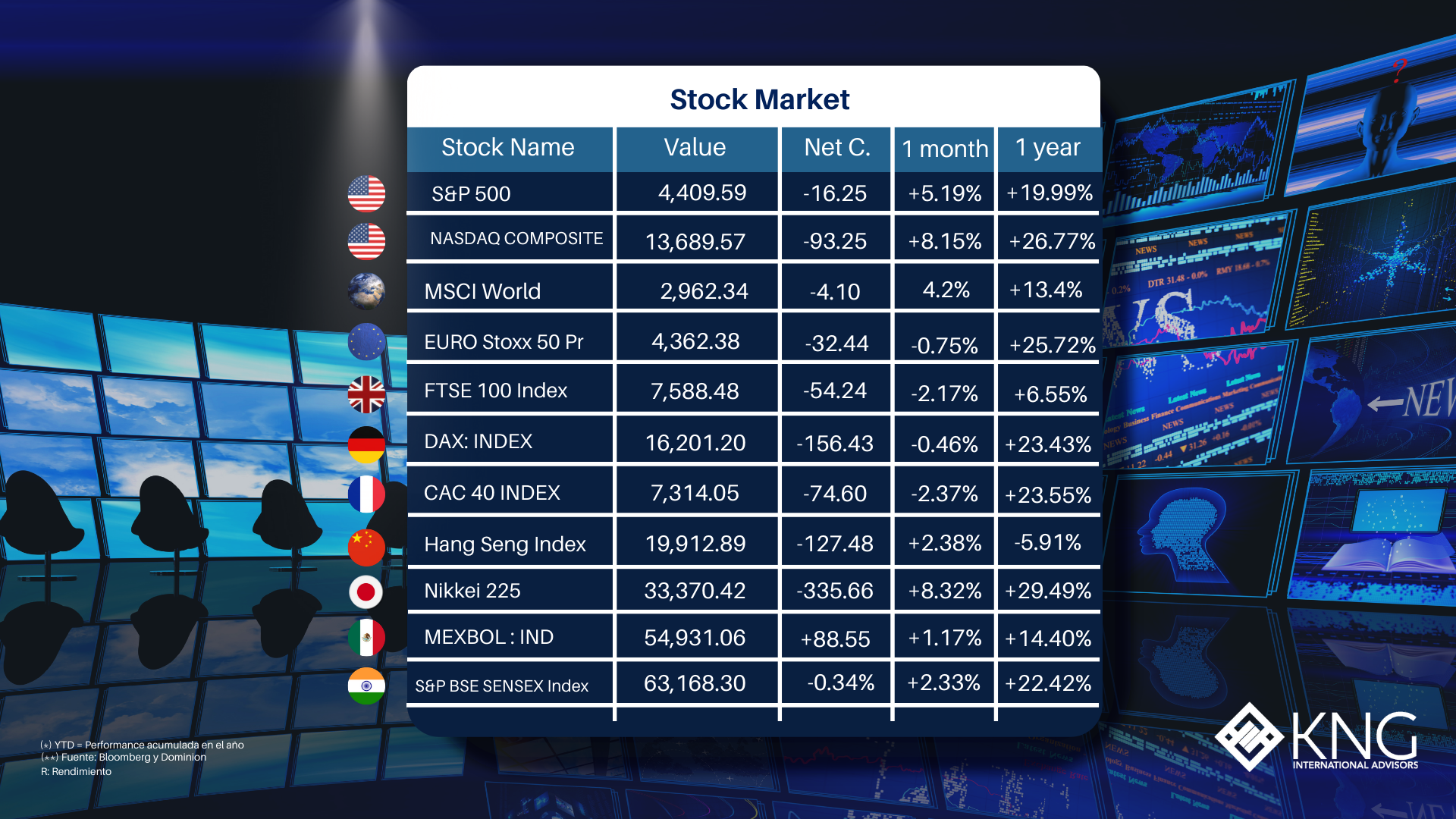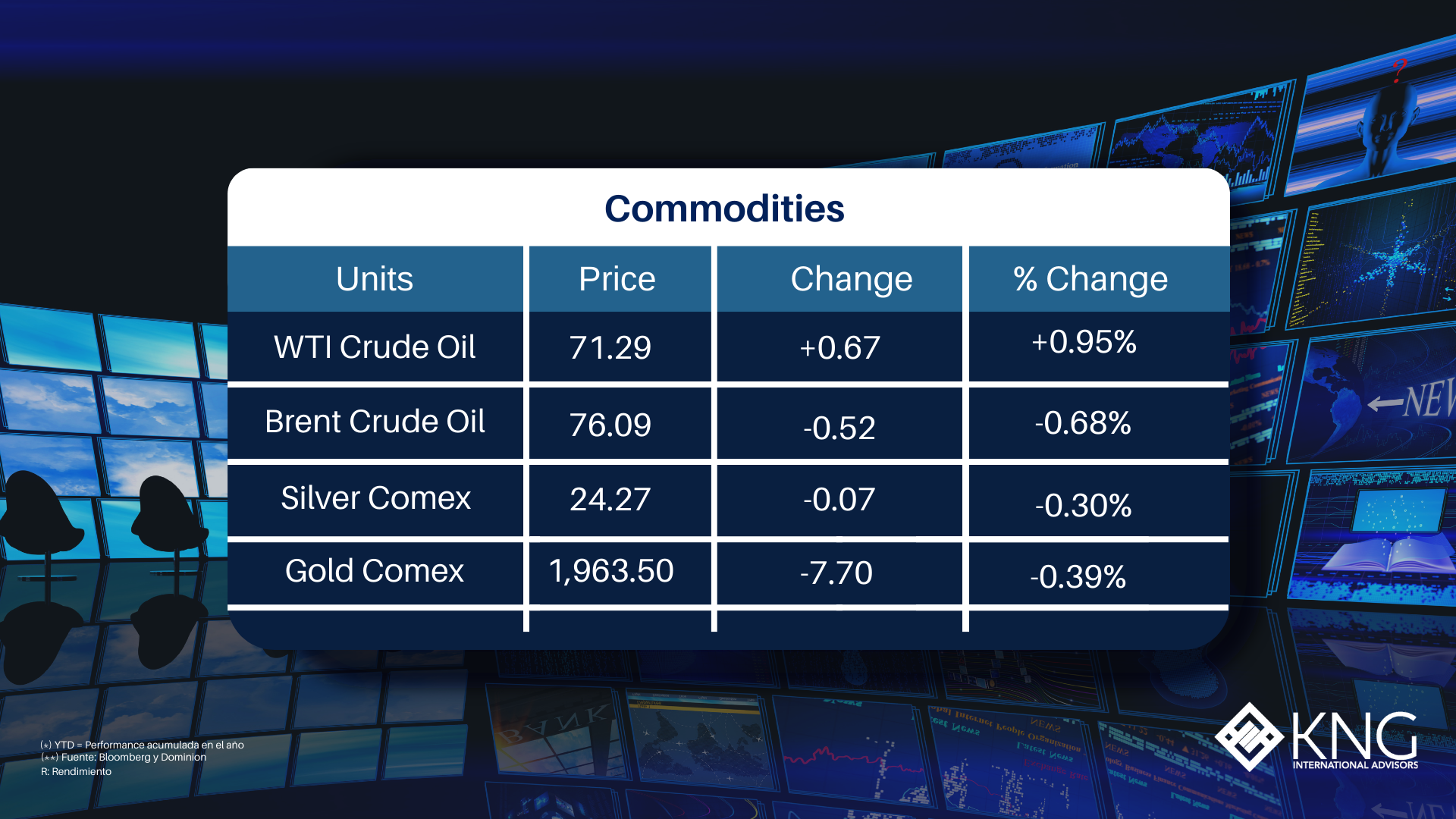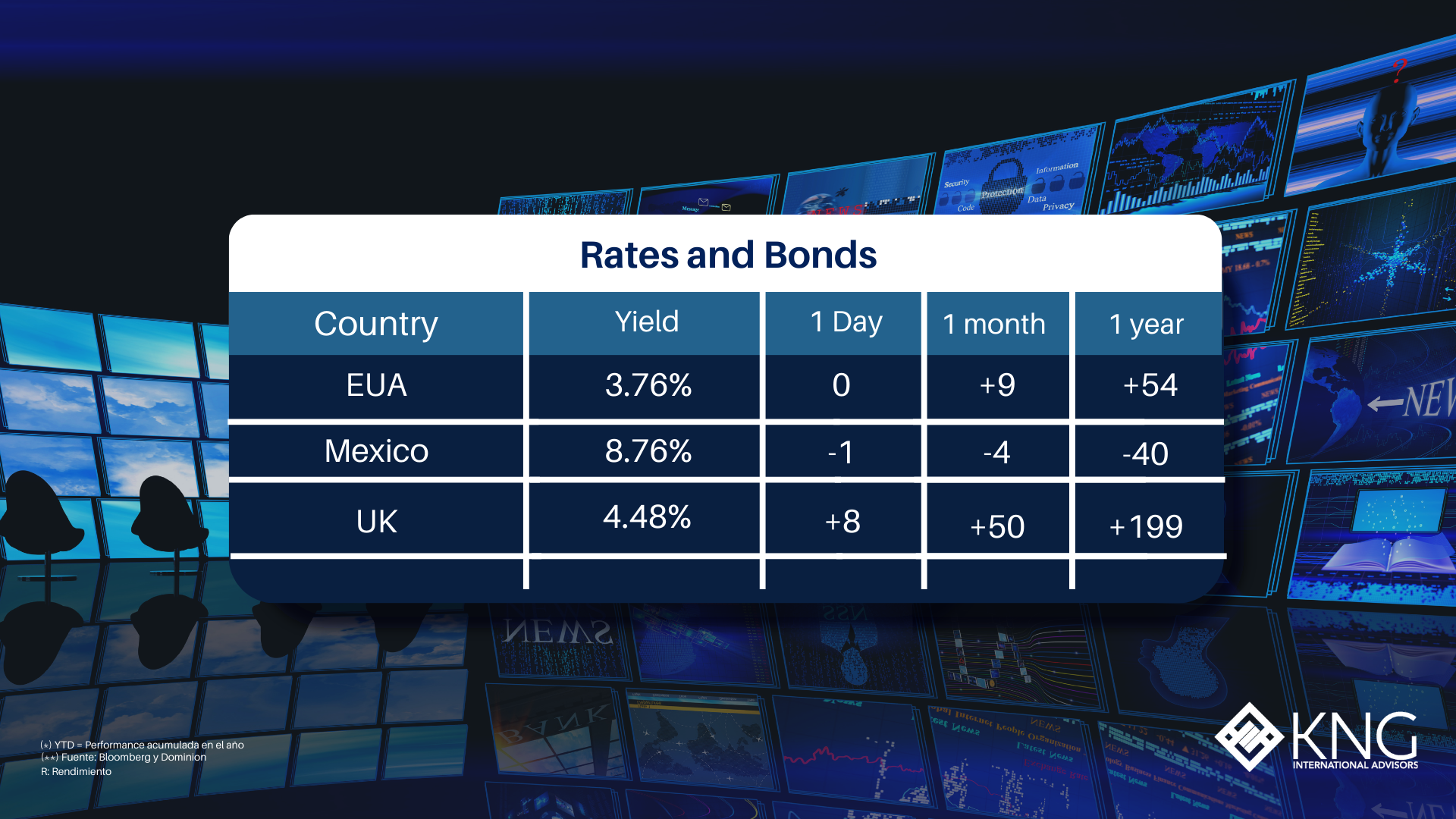Monday 19th of June 2023
Listen to this financial market update by playing this audio...




Equity markets have had a strong first-half of 2023, with strong moves up in many of the major stock indexes around the world. This has been led by very solid moves up in US stocks, with much of this increase in equity value driven by a relatively small number of US technology stocks.
The launch and widespread adoption of ChatGPT and other large language models has further added fuel to the fire of the market rally, with expectations of the implications of artificial intelligence feeding into the stock prices of the suppliers of related technologies. Chip designers like Nvidia, and business process implementation companies who use AI like Palantir, have seen very strong moves up in share price in recent months.
Meanwhile, however, the economic outlook for the global economy remains as confusing as ever. Despite one of the fastest moves up in central bank interest rates in history in the US and Europe, we continue to see relatively robust economic data, especially from the US. Housing markets have seen some slowing and dips in prices, but nothing dramatic just yet. Consumer spending growth rates have slowed but remain positive. And we continue to see labour market data surprise to the upside, most recently in the UK.
So, while equity markets have been buoyant in the first 6 months of 2023, with the latest hype around AI providing further support, we think that the economy will increasingly come back into focus for global financial markets and guide the direction in the second half of 2023.
A steep rise in interest rates will always have an impact on the macro economy. The question is, how much of an effect?
Going from close to zero interest rates up to closer to 5% is a big move, especially when it happens in the space of 12-18 months as we have seen in the US. This begs the question, how big an impact will we see on the US, and as such, the global economy from this rise in rates and subsequent decline in liquidity?
Whatever the case may be, there will be some slowing in growth rates in the economy from higher rates. The worst outcome would be what is widely being called a ‘hard landing’. This would be a dramatic decline in economic output and confidence. The last economic ‘hard landing’ was the 2008-2009 recession. The best outcome would be ‘no landing’ at all, where we see some slowing in the economy but we do not see anything that looks like a recession. The third option is somewhere in between, what is being called a ‘soft landing’. This would look like a mild recession, something along the lines of the recession seen in 2001.
Which do we think is most likely?
This is probably one of the hardest macro-economic environments to predict in our careers. And many other commentators and investors agree. The supply chain and demand pattern disruption caused by the pandemic has shifted business cycles in many industries in unpredictable ways. Inflation, caused by a war in Europe and over-stimulation of Western economies by governments and central banks has further complicated the situation, pushing central banks to raise rates dramatically to attempt to tame inflation. This leaves us in a position where the outlook is highly uncertain for the global economy.
It is helpful to think about what needs to happen for either of the extreme outcomes to occur. Starting with a ‘hard landing’, we think this is probably less likely than a soft landing because to get a hard landing in the economy, we typically need to see a major credit or financial crisis. If we look back at two of the biggest hard landings in history (1929-1933, 2007-2009), in both cases there were systemic risks to the global system caused by the failure of large banks and financial institutions. Although there have been some worrying recent parallels with the failure of several regional US banks and Credit Suisse this year, we do not see the risk of systemic bank failures as being particularly high. Banks are much better capitalised today vs. 2008 and it is rare (if ever) that a crisis repeats a second time. If there is going to be a major crisis that pushes us into a hard landing, it won’t be bank failures or a major credit crisis in our view.
We also think the ‘no landing’ scenario is somewhat unlikely, simply because of the very high levels of debt in the global financial system and the rapid rise in interest rates. We find it hard to believe that the global economy can completely get away with no significant slowing in growth rates given these factors.
Which leaves us with ‘soft landing’. We think this, therefore, is probably the most likely outcome. A recession at some point in 2023-2024, but in the absence of a major credit crisis, a shallow recession that looks more like 2001-2002. This also chimes with the equity market we have seen over the past two years, where tech stocks rallied to unsustainable valuations before seeing major declines last year.
We would like to thank Dominion Capital Strategies for writing this content and sharing it with us.
Sources: Bloomberg, Yahoo Finance, Marketwatch, MSCI.
Copyright © 2023 Dominion Capital Strategies, All rights reserved.
Disclaimer: The views expressed in this article are those of the author at the date of publication and not necessarily those of Dominion Capital Strategies Limited or its related companies. The content of this article is not intended as investment advice and will not be updated after publication. Images, video, quotations from literature and any such material which may be subject to copyright is reproduced in whole or in part in this article on the basis of Fair use as applied to news reporting and journalistic comment on events.